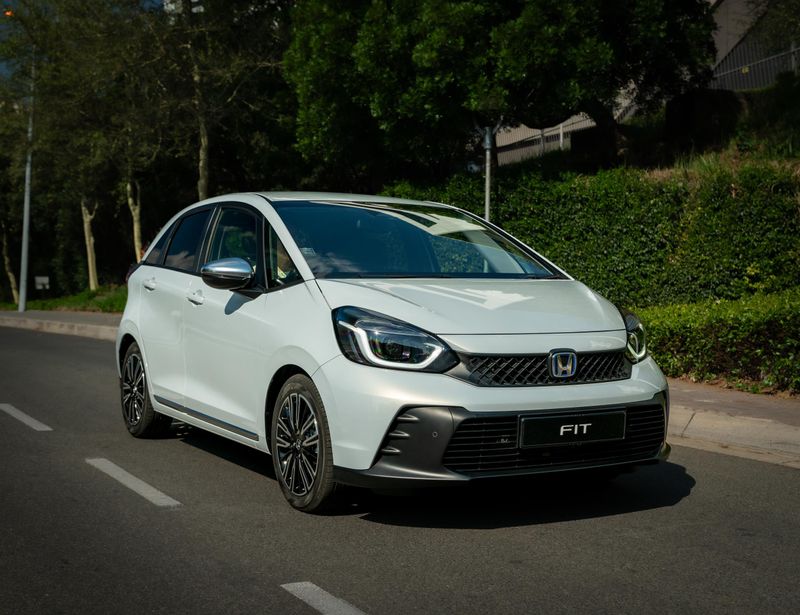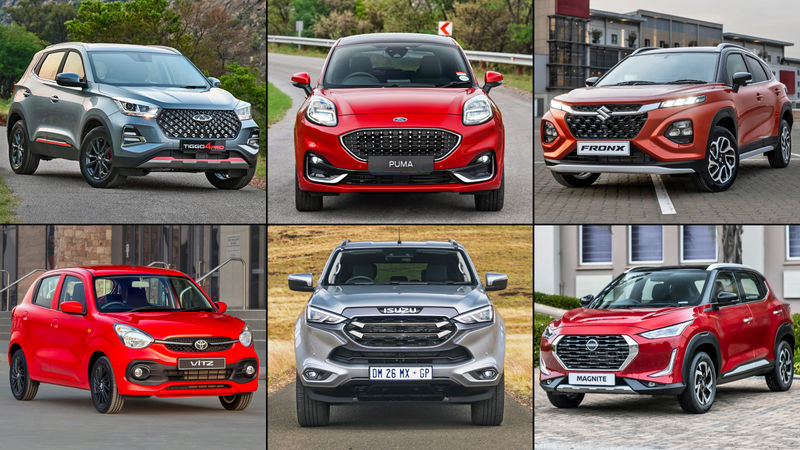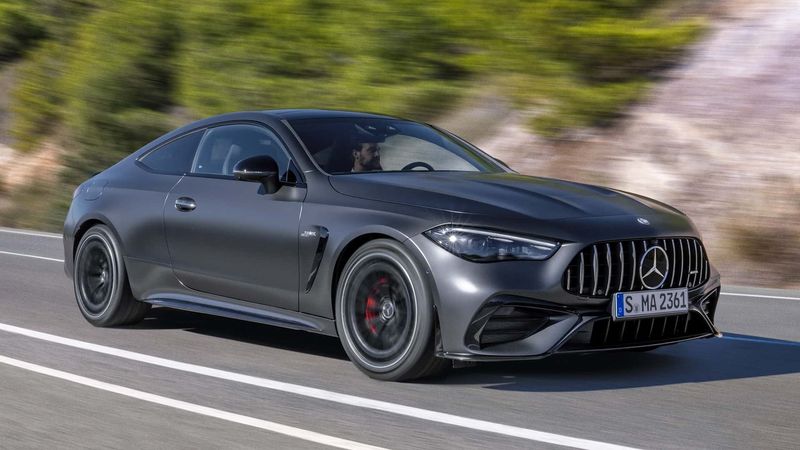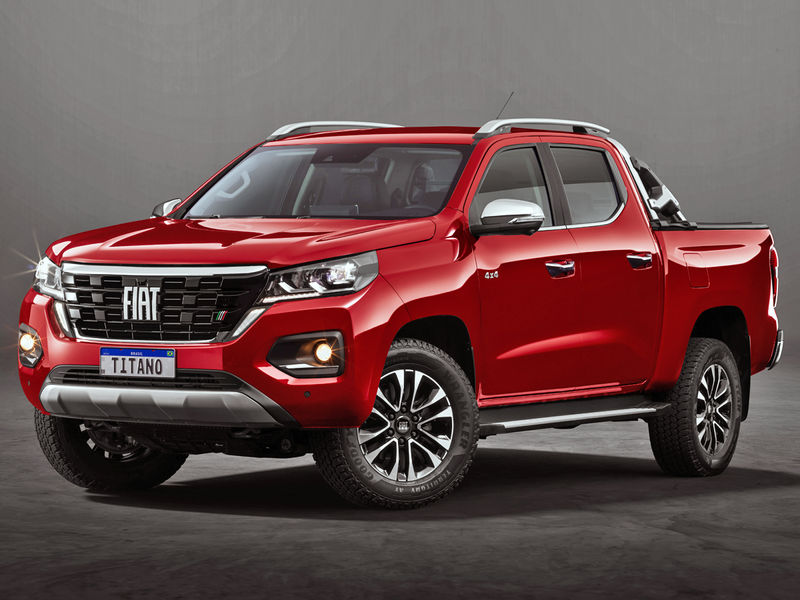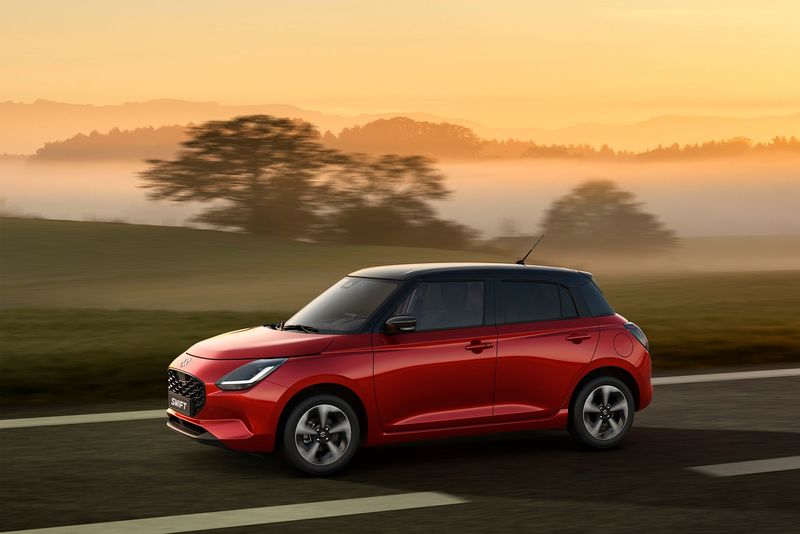Whats happened? Tesla has rolled out Mad Max mode in its Full Self-Driving (Supervised) software under update v14.1.2. This mode is the polar opposite of the more cautious Sloth Mode introduced earlier; instead, it drives faster than posted limits and makes more frequent lane changes. Within 24 hours, users reported the system rolling stop signs and going 15+ mph over the limit in some settings. Interestingly, this is not new territory for Tesla, as similar features existed earlier in Autopilot. However, the company is resurrecting them in a time when its FSD software is under escalating legal and regulatory scrutiny.
Just received @Tesla FSD V14.1.2 on my Model Y. This version debuts a new feature called Mad Max mode.
Introduced new speed profile MAD MAX, which comes with higher speeds and more frequent lane changes than HURRY.
This is the third FSD software release in just the last 8 pic.twitter.com/92hnJyplgh
Sawyer Merritt (@SawyerMerritt) October 16, 2025
Mad Max mode allows Teslas to drive faster than posted limits and overtake vehicles more frequently, even in crowded road conditions. Interestingly, the update comes amid multiple wrongful-death lawsuits around FSD. Regulators are watching closely: the NHTSA recently opened a new probe into 2.9 million Teslas over Full Self-Driving safety violations. The California DMV is also weighing penalties and a potential sales suspension, claiming Tesla misled consumers about the safety and autonomy of FSD Why this is important: Tesla is effectively increasing the risk at a time when scrutiny is high. By reviving a feature that literally ignores speed limits, the company is once again testing how far it can push innovation before regulators, or the law, push back.
Recommended Videos The move also underscores Teslas growing identity crisis as its caught between being a pioneer of automation and a repeat offender in safety lapses. With wrongful death lawsuits piling up and ongoing NHTSA and DMV investigations, Mad Max mode risks becoming the latest example of Teslas ship now, explain later approach to software.
And regardless of how Tesla markets this, critics argue that allowing FSD to exceed posted limits effectively blurs the line between autonomy and recklessness. Thats something even its most loyal fans may find hard to defend.
Why should I care? Its quite evident that the Mad Max mode isnt just a gimmick, but a literal setting that lets your car decide when and how to break traffic laws. And while Tesla calls it assertive driving, regulators might call it something else entirely: dangerous, maybe?
If you own a Tesla, the feature could make your car behave more aggressively, which might raise insurance or liability risks in case of an accident. If youre on the road near one, understand that youre sharing space with a car thats programmed to drive faster and riskier by design. For regulators and safety advocates, its yet another reason to tighten control over supervised autonomy before more incidents occur.
Okay, so whats next? For now, Tesla seems unfazed by the backlash. The company hasnt addressed the renewed regulatory heat, and Mad Max mode remains active in the latest FSD v14.1.2 rollout; though that could change fast. Musk, meanwhile, continues to defend Teslas autonomy push, arguing that regulators are holding back innovation and calling for quicker adoption of self-driving tech. Still, if another FSD-related crash makes headlines, Tesla may be forced into yet another software rollback or face tougher restrictions. One things for sure: Mad Max mode has made it clear that Tesla isnt slowing down on its most daring ideas, even if it means steering headfirst into controversy.
